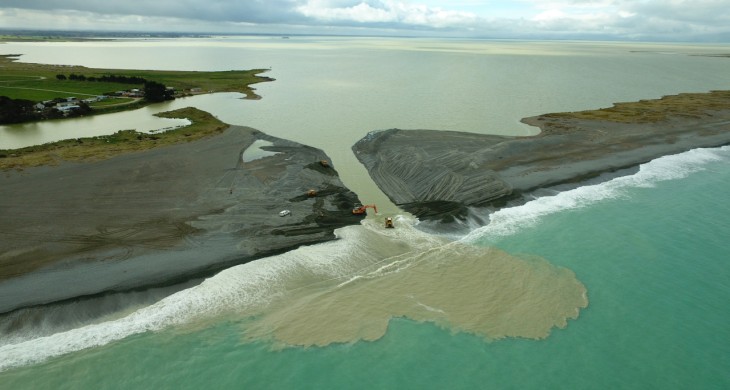Te Whakatūwhera i te Hāpua/Opening the lake
Te Waihora/Lake Ellesmere has no natural outlet to the sea. This means that the lake must be opened artificially to manage lake levels and keep the lake connected to the sea for migratory fish, enabling mahinga kai and maintaining wildlife and wetland vegetation.
To find out more and learn about the many factors that are taken into account before opening Te Waihora to the sea, visit the Environment Canterbury website.
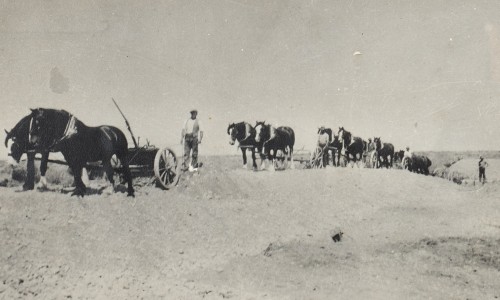
The lake was opened by generations of Ngāi Tahu before Pākehā arrival
Openings would be created once the lake reached around 2.5 – 3 m above sea level, to protect the settlements around Te Waihora and support the abundant fisheries. These openings were constructed at the western end of Te Korua, the lagoon near Hone Wetere Church. The openings were created by a team of people digging a small pilot channel through the shingle barrier.
Once water began to flow, the channel would quickly scour out to form a much larger channel. It is likely these openings were created once every two to three years.
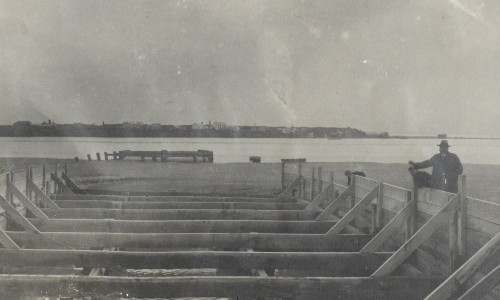
This continued until the 1860s when European settlers began opening the lake much more frequently. This was done to lower the lake level to help drain the surrounding land to allow farming. The first written settler's record of an artificial opening between the lake and sea was in 1852. Since then, it has been opened more than 300 times. Selwyn County Council first let tenders in 1877 to artificially open the lake using horse-drawn scoops.
There have been two attempts to create permanent culverted structures to manage and control the opening of Te Waihora to the sea. The first, in 1904, was known as Dobson’s culvert. Unfortunately, the structure failed after a storm in 1908.
The second, constructed in 1908, was Pannett’s culvert. This structure operated with mixed success until it was seriously damaged by storms and destroyed in 1925.
Today there is a legal process to go through before the lake can be opened to the sea.
The image supplied on the left is an example of a bottomless timber culvert structure. The images below are examples of tractors being used to deepen the channel, and make the final cut through.
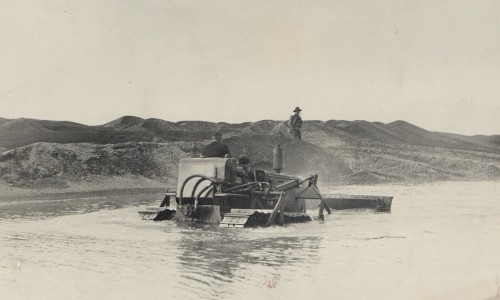
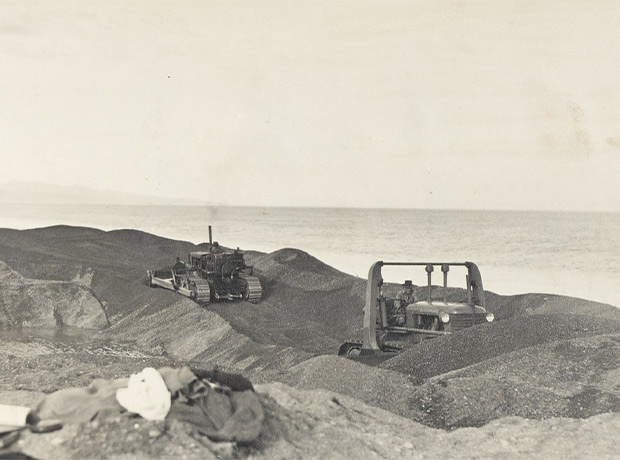
Bulldozer working on seaward end of cut. North Canterbury Catchment Board Methods of Opening Lake Ellesmere 1868
Opening governed by National Water Conservation Order
The process is governed by a National Water Conservation Order and a range of resource consents held jointly by Te Rūnanga o Ngāi Tahu and Environment Canterbury. However, many groups have an opportunity to provide their views before a final decision is made on whether and when to open.
Experts provide technical advice around machinery, weather and sea conditions and lake levels. It generally takes three to seven days to forge the opening but if sea conditions are rough, it can take longer.
Openings are aligned with key fish migration periods and other habitat values of the lake. Juvenile tūna/glass eels enter the lake between August and October if the lake is open. The adults, which breed out at sea, leave in late summer and autumn. Pātiki/flounder and īnanga/whitebait enter the lake in spring.
Once the lake is opened, the length of time it remains connected to the sea depends on the weather and sea conditions, and how quickly gravel is deposited by the sea to close the cut.
Te Whakakāti i te Hāpua/Closing the lake
The Water Conservation Order allows for the lake to be artificially closed when it reaches 0.6 metres above sea level between 1 October and 31 March. This could be considered beneficial in summer if lake levels were very low and sea conditions were too calm to create natural closure. However, in practice, the level of Te Waihora has to be managed relative to mean sea level.
Sea level rise as a result of climate change is making it more difficult to achieve a successful opening at lower lake levels and no attempt has been made to close the lake artificially.
More information
To find out more about opening Te Waihora to the sea, visit the Environment Canterbury website.

